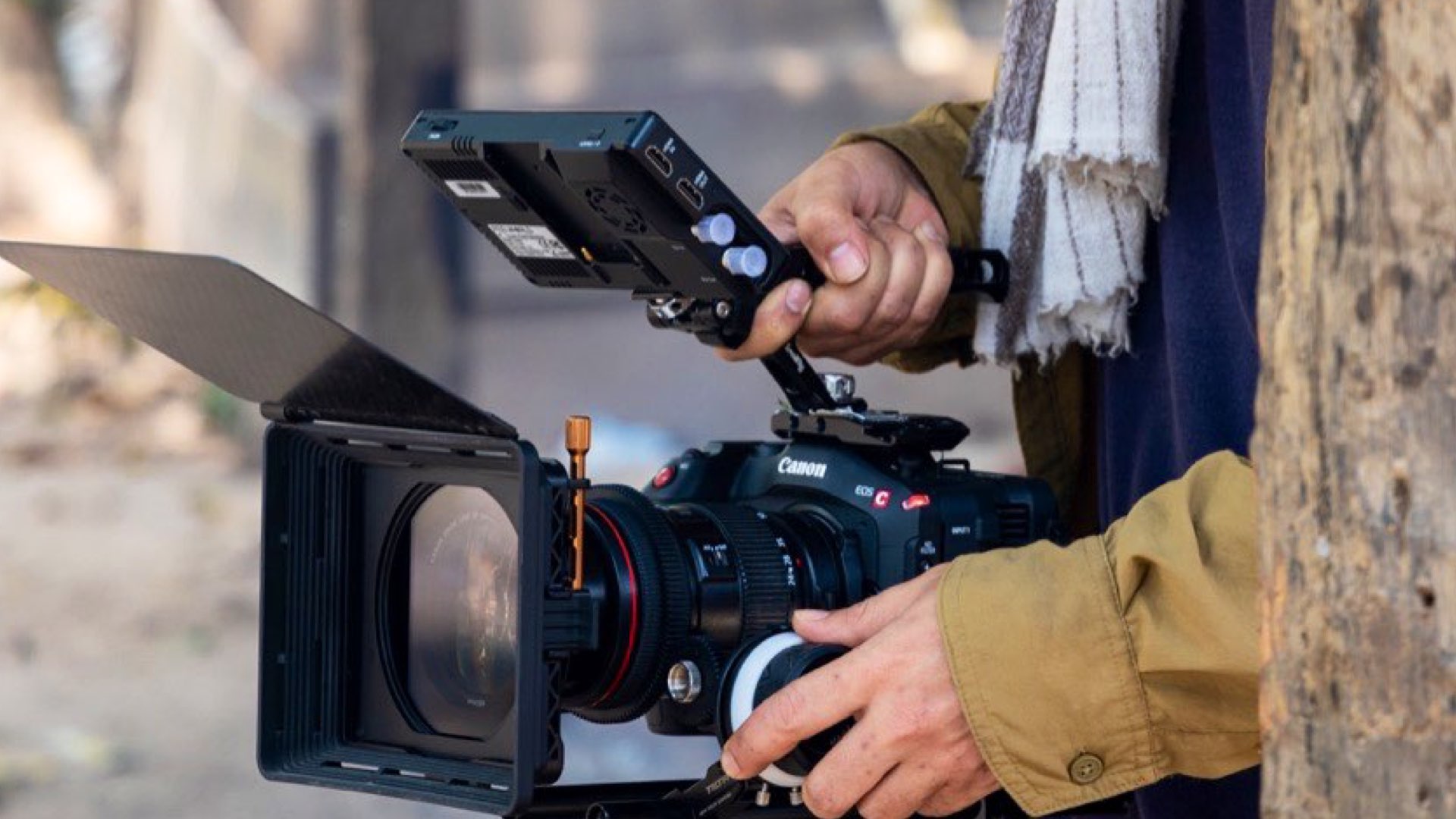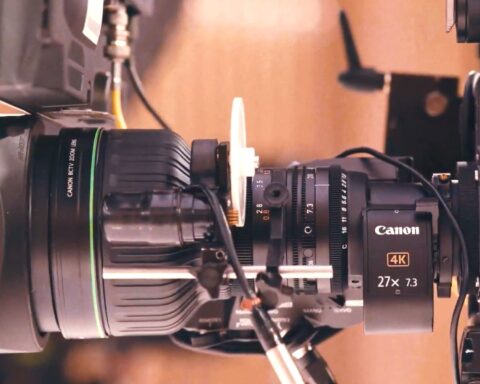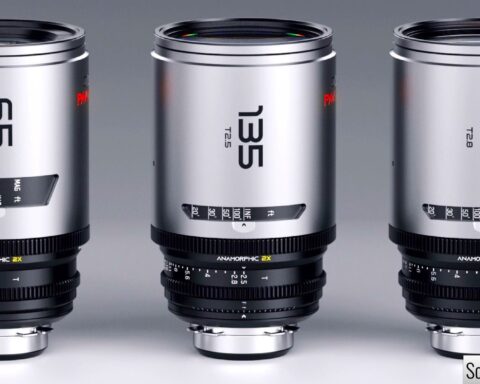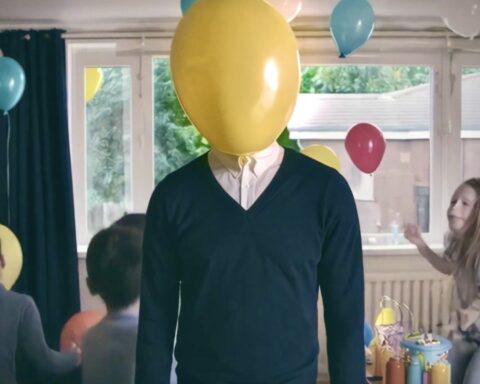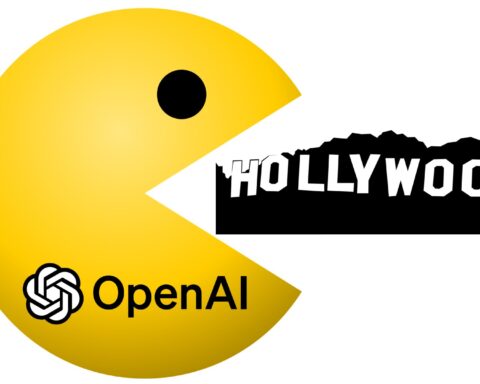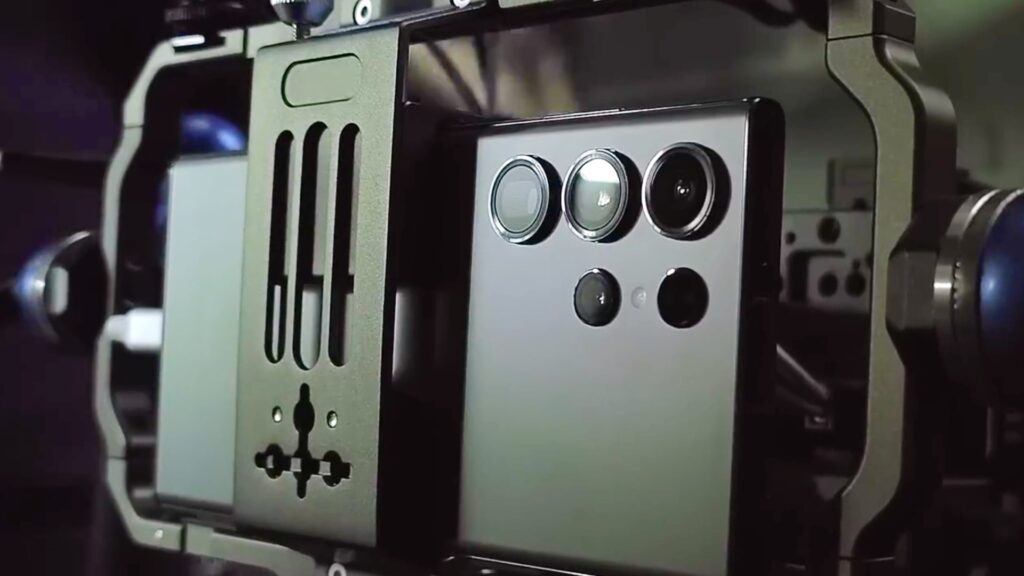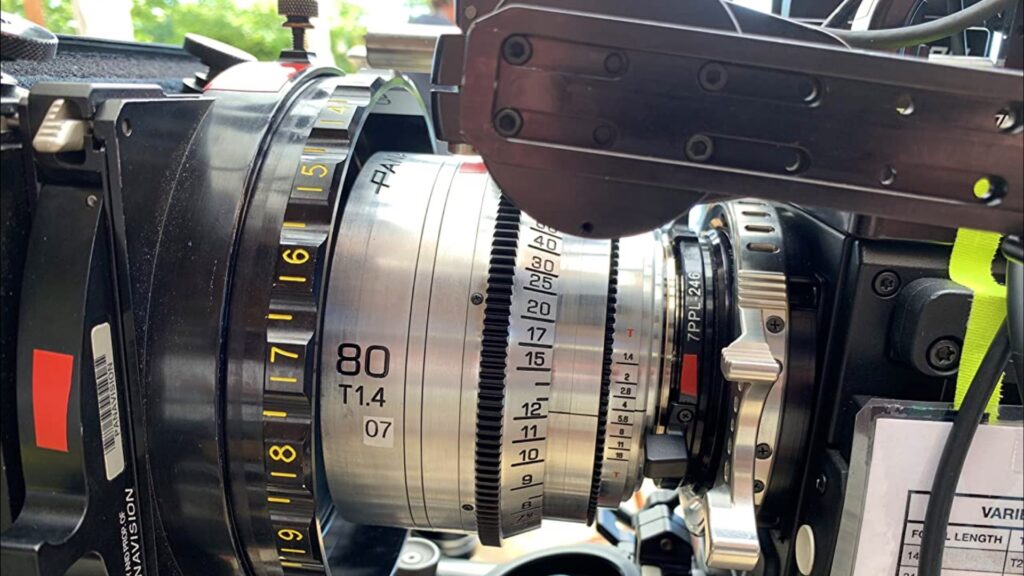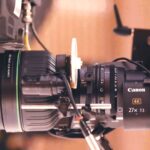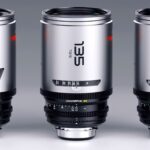From forest conservator to cinematography, Diego Perez Romero made a long way till a film he shot was selected by the Sundance Film Festival 2023. In this interview, Romero elaborates on the challenges of shooting in harsh environments, the strengths of the Canon C70, and the lessons learned from filming a complex passion project. Good read ahead.
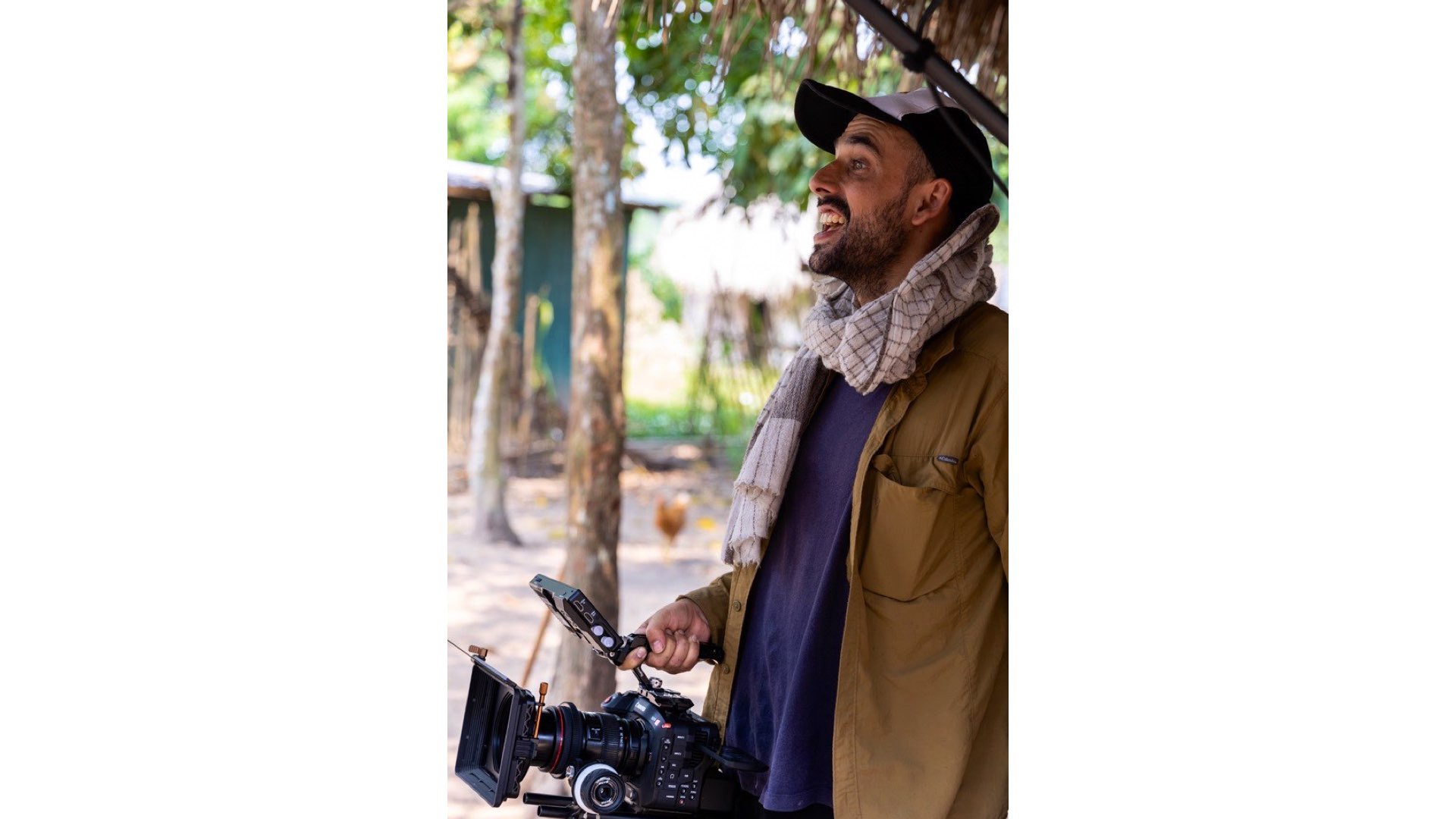
Shirampari: Legacies of the River – A Sundance 2023 selection
Shirampari: Legacies of the River, is a film that was selected by the Sundance Film Festival 2023. This short documentary tells the story of the Ashéninka leader Arlindo, who joins his eleven-year-old son, Ricky, on his path to adulthood while teaching him how to catch giant catfish with a hook. The film was shot in a complex production environment with reduced resources, by DP Diego Perez Romero on the Canon EOS Cinema C70. Y.M. Cinema Magazine interviewed Romero regarding the challenges, filmmaking strategies, and lessons learned from shooting Shirampari. Read the interview below:
From the pre-shooting stage, it was always clear that the cinematography would be at the service of the story, we didn’t want a film that looked pretty just because it looked pretty.
DP Diego Perez Romero
From forest conservation to cinematography
YMCinema: Please let us know about yourself – a short bio focusing on your filmmaking career.
Romero: I am a communicator specializing in forest conservation, my first contact with the cameras was through photography in 2011 and then I started making videos in 2017 as a complement to my work as a photographer and communicator. Shirampari (2021) is my first experience as a DP in a film as such. After Shirampari I worked as a DP in another short documentary called Chamán.
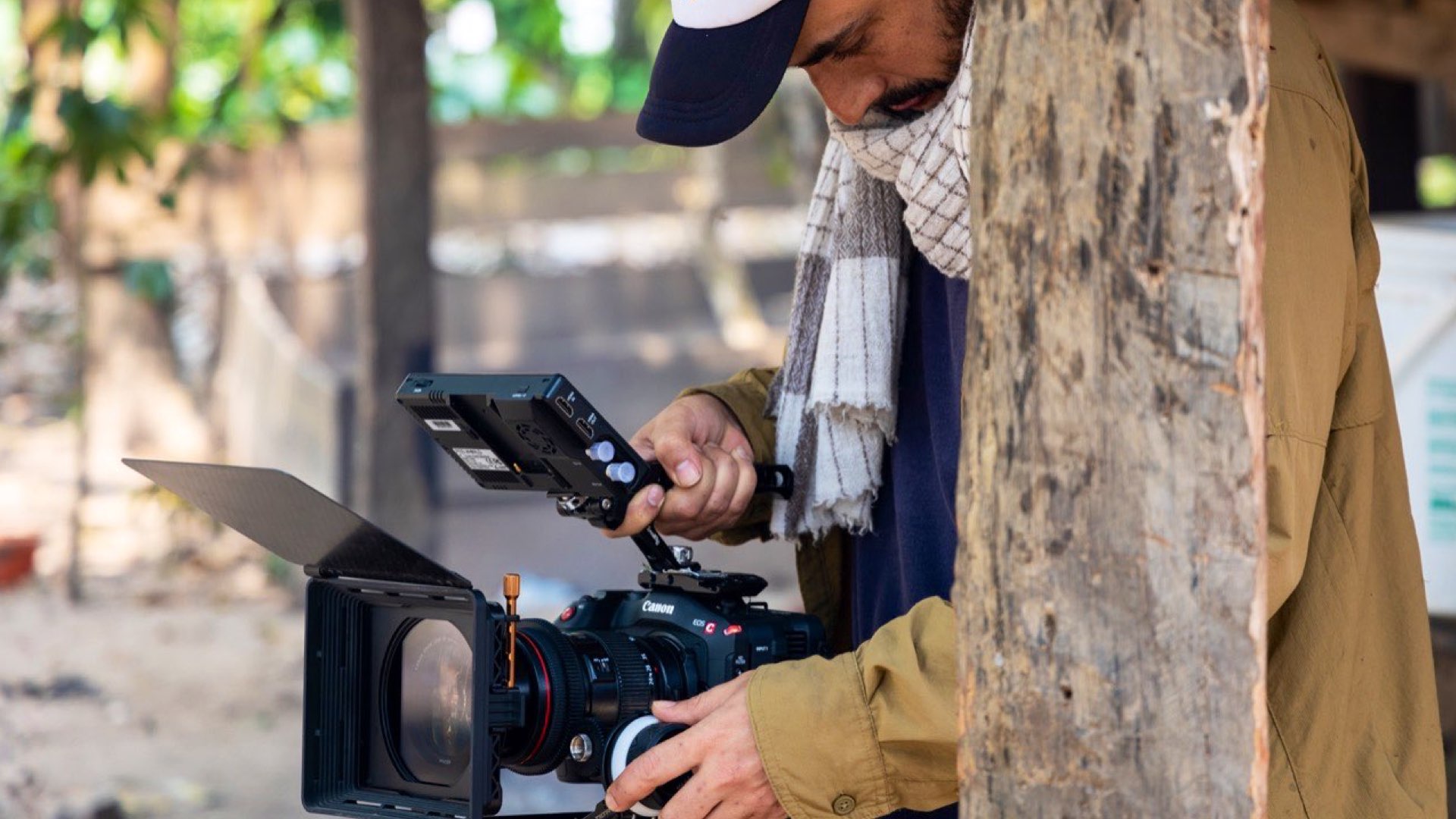
We didn’t have enough money to buy or rent another C70.
DP Diego Perez Romero
Why choose the C70
YMCinema: What are the cameras used to shoot the film and why did you choose them for this specific project?
Romero: For Shirampari we worked with a Canon C70 as the main camera, we chose it because it had very good reviews regarding the image quality thanks to its dual gain output sensor, great dynamic range, and low noise, also for its price since the for the project was not huge. Another factor was that the camera had a very effective cooling system and battery life. The camera never overheated, and we were shooting in extreme heat all the time, shooting several hours a day. Apart from the specific model, another factor to choose the camera was the brand, because I wanted to stay within the Canon ecosystem since I have used equipment from this brand since my first contact with photography. Another camera we used was a Canon R6 for an underwater scene where we wanted to have two cameras to ensure coverage from two angles to maximize our chances of capturing the action. Obviously, we didn’t have enough money to buy or rent another C70.
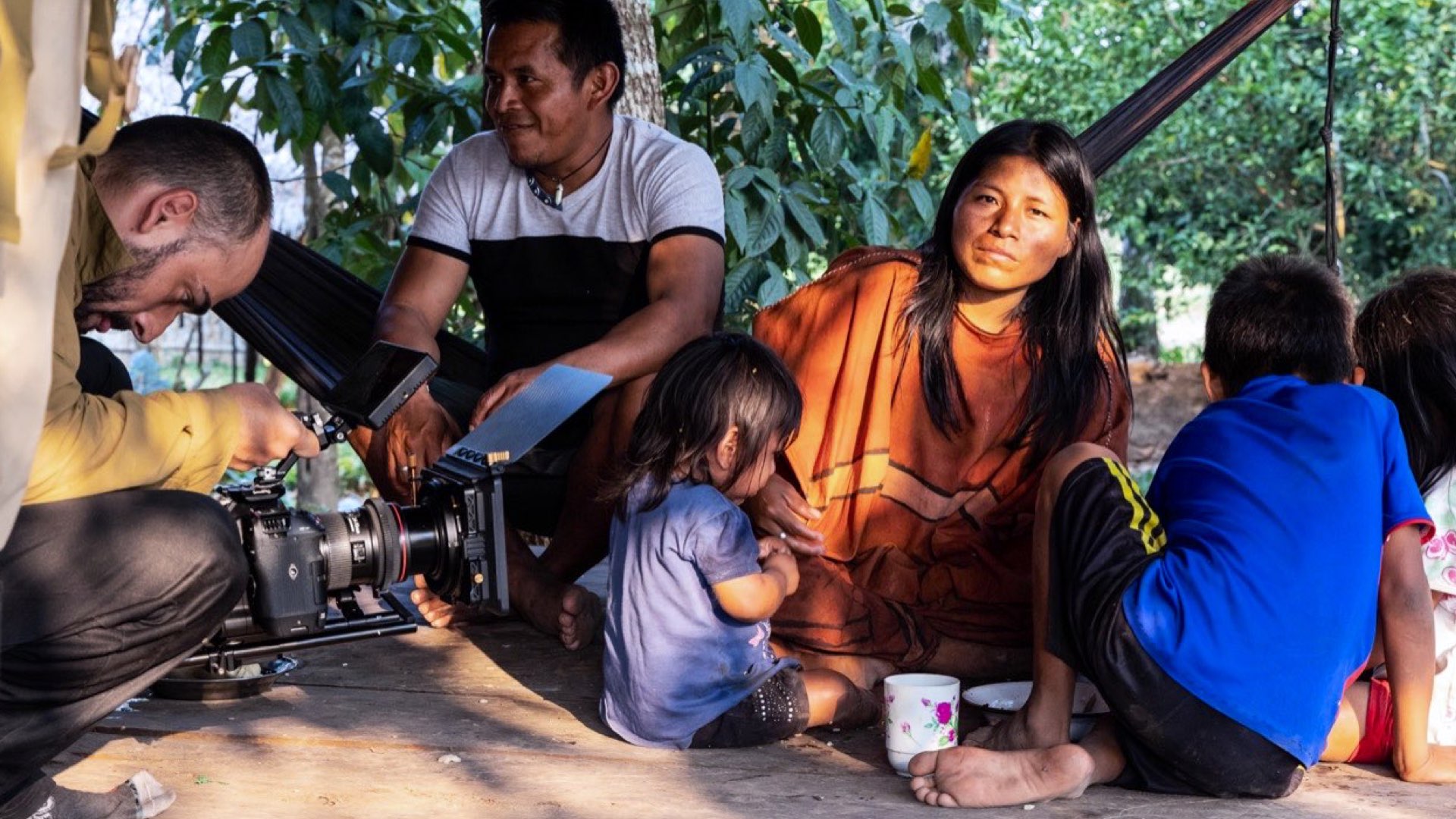
We chose the Canon C70 because it had very good reviews regarding the image quality thanks to its dual gain output sensor, great dynamic range, and low noise.
DP Diego Perez Romero
Manually focusing and AF
YMCinema: What are the lenses used to shoot the film and why did you choose them for this specific project?
Romero: We used 3 lenses, EF 24 -70 2.8ii, EF 16-35 F4 IS and the EF 100-400L (version I), however, the lens that was 90% on the camera was the 24-70, we mainly used this lens because it has a beautiful image quality but also because they are weather sealed and they have the option to use autofocus. Although most of the film was shot manually focusing (with a follow focus) there were times when we used autofocus especially for follow shots where it would have been impossible to keep the subject in focus due to the amount of movement.
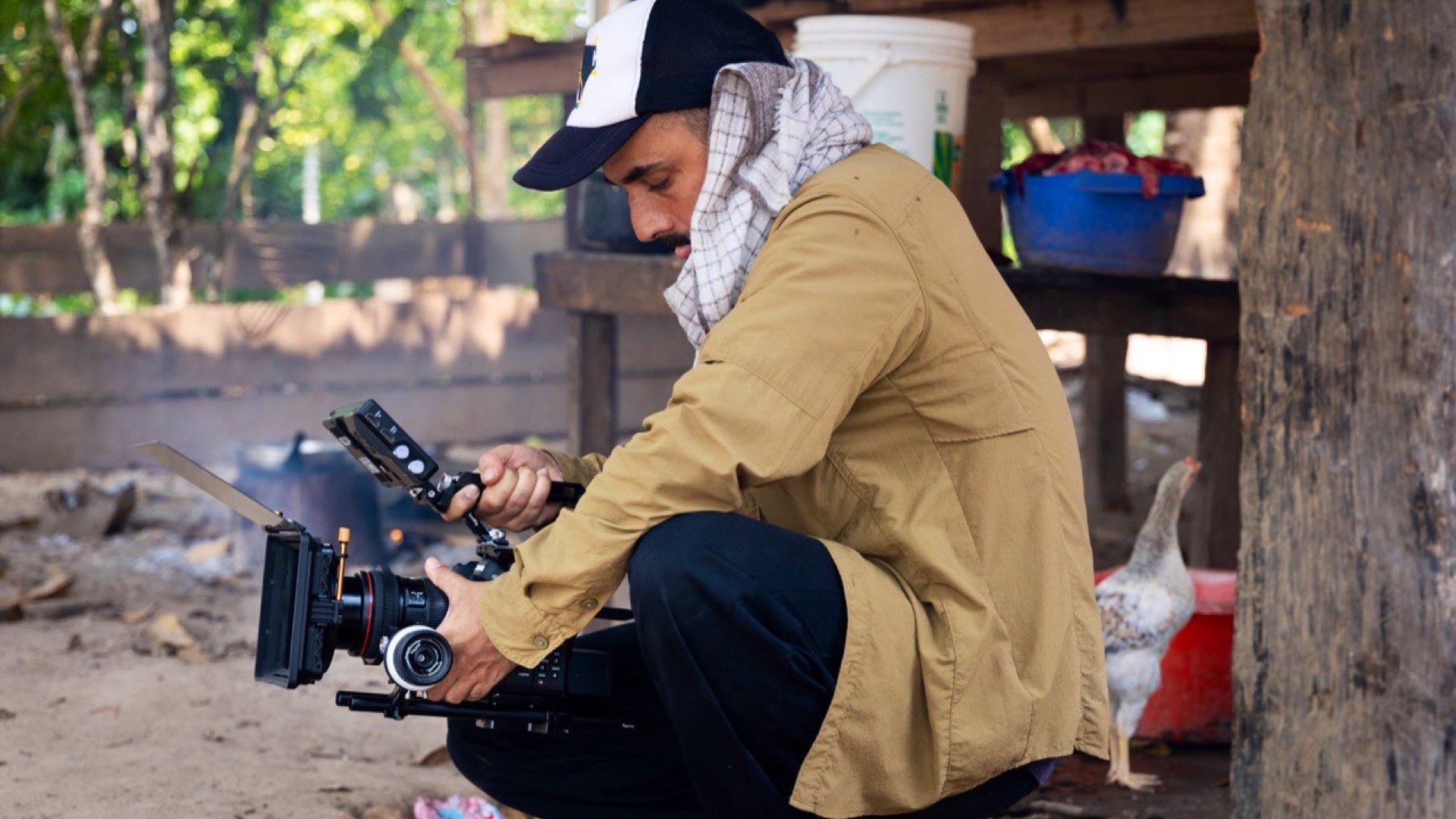
Another factor was that the camera had a very effective cooling system and battery life. The camera never overheated, and we were shooting in extreme heat all the time, shooting several hours a day.
DP Diego Perez Romero
Codecs and short backups
YMCinema: Please elaborate on the chosen codecs (Canon’s codecs)
Romero: We shot the entire movie in 4k XFAVC Long GOP mainly because it was the sweet spot for quality and manageable file sizes. This made the workflow manageable, keeping the number of hard drives and memory cards we used throughout the shoot to a relatively small amount. We shoot Shirampari in a place with no electricity, so the time to make backups, as well as to charge the batteries was exceptionally reduced to a few hours each night, having to transfer files twice the size would have been a problem in that scenario definitely.
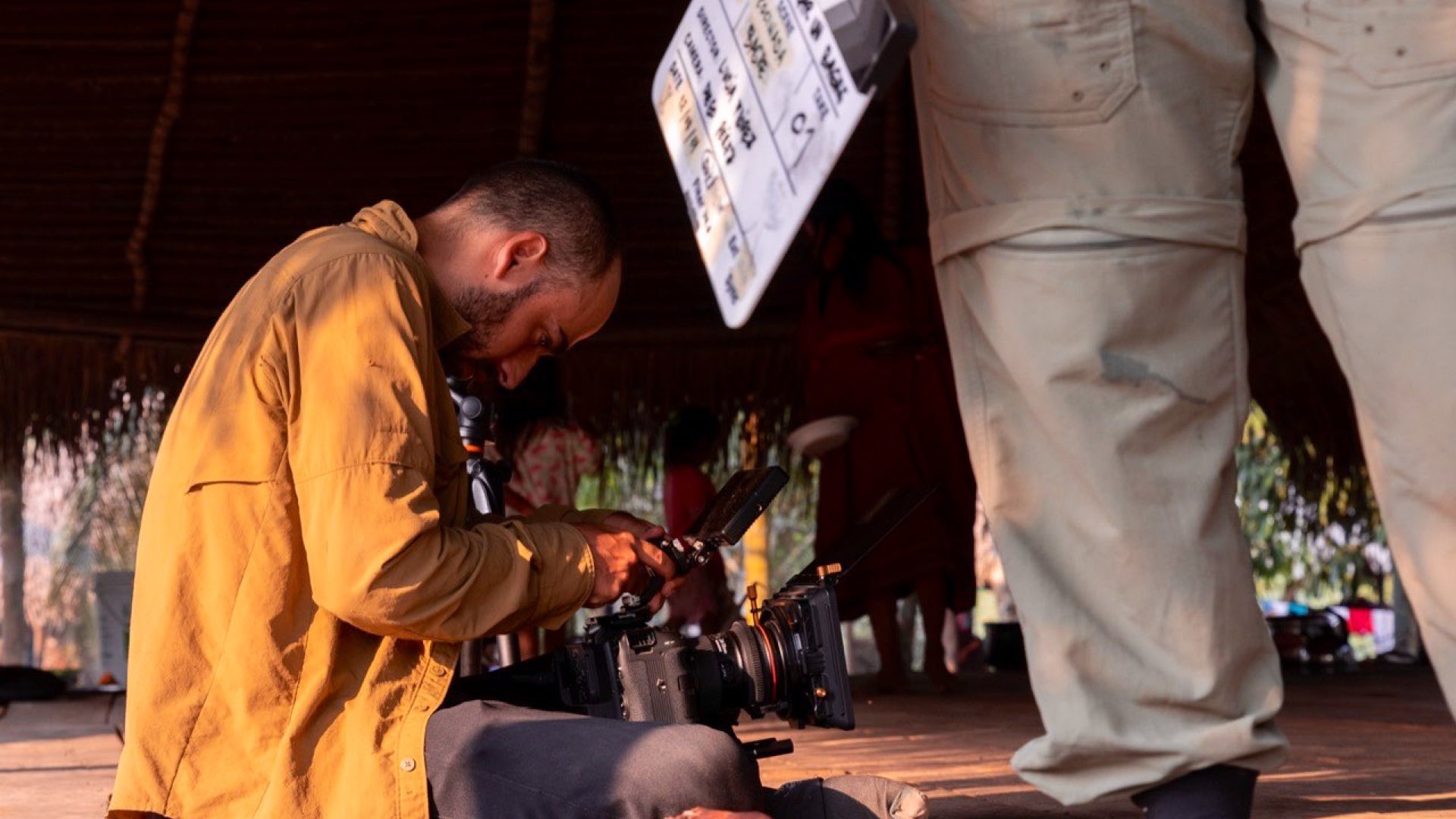
Although most of the film was shot manually focusing (with a follow focus) there were times when we used autofocus especially for follow shots where it would have been impossible to keep the subject in focus due to the amount of movement.
DP Diego Perez Romero
Shooting in harsh environment
YMCinema: What were the main technical challenges of shooting the film?
Romero: The main ones were reduced access to electrical power to charge the batteries, make backups, and keep the equipment free of sand. For me and for the majority of the team that participated in the filming, working in the Amazon was not something new. In my case, almost all my work is in the Amazon, so I am quite used to the conditions/ limitations.
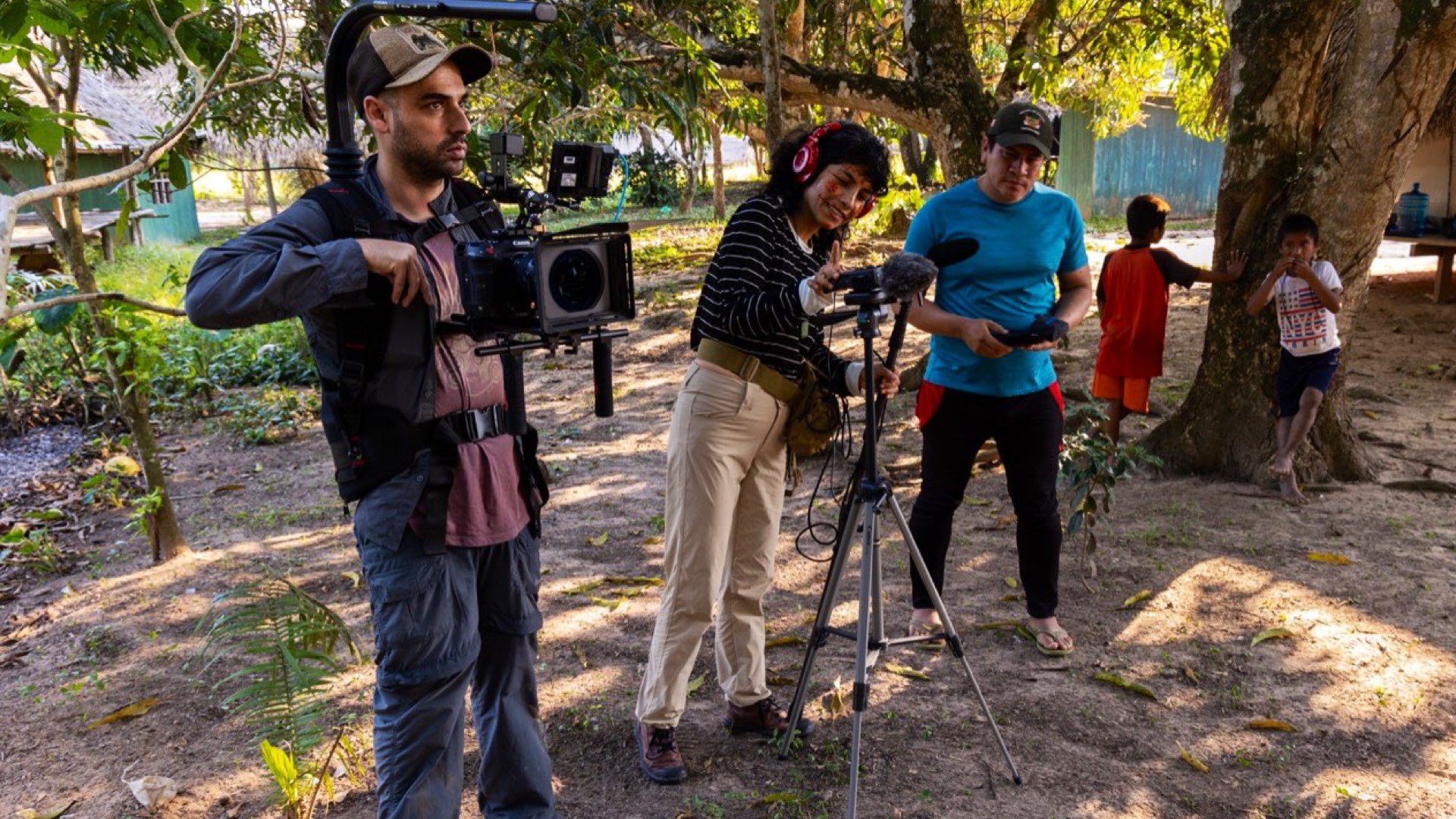
The main ones were reduced access to electrical power to charge the batteries, make backups, and keep the equipment free of sand.
DP Diego Perez Romero
Lessons learned
YMCinema: In every project, we (the cinematographers) learn something new. What did you take from this project to be implemented in future projects (takeaways)?
Romero: For me, I would say that they were two different lessons. The first was that sometimes it is necessary to rest, this is something that the director constantly reminded me, at the beginning I did not understand why she insisted so much on this, I wanted to continue shooting all day, under the sun, in quite extreme conditions, halfway through the shoot fatigue almost became a problem and could have jeopardized the rest of the shoot. The second takeaway was that at 16mm, focus peaking can make you think you’re in focus when you’re not. Using the zoom function while recording is definitely a good practice, especially if you have two monitors in these situations, if you have one zoomed in to ensure precise focus and the other not zoomed in to see the full frame it can save the day, especially in this documentary style with the camera chasing an action over which you have no control.
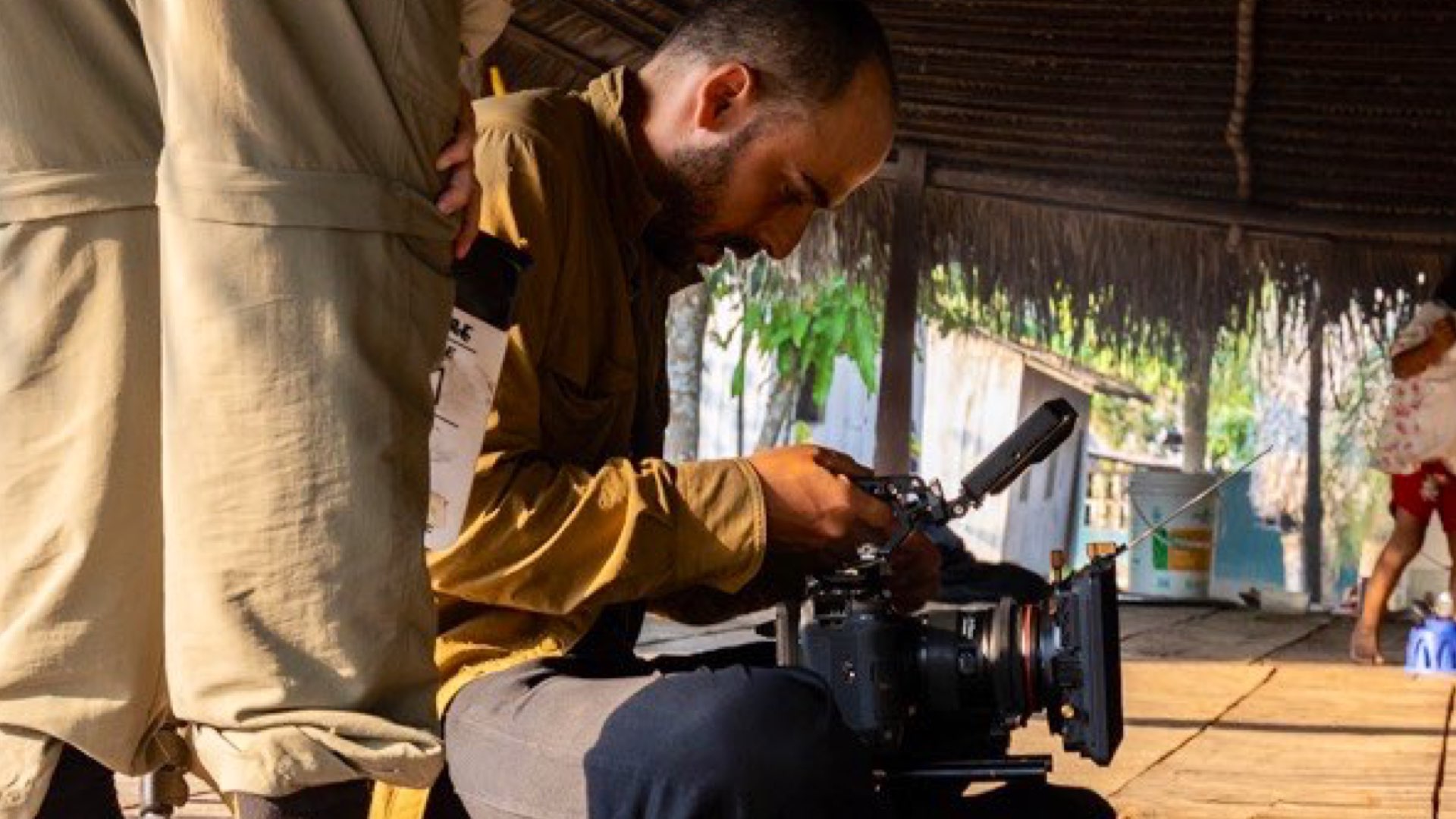
I wanted to continue shooting all day, under the sun, in quite extreme conditions, halfway through the shoot fatigue almost became a problem and could have jeopardized the rest of the shoot.
DP Diego Perez Romero
YMCinema: Please grant some tips and tricks for cinematographers who are eager to be selected for Sundance. What can make your film be chosen from more than thousands of projects?
Romero: For me, this project has come a long way for several reasons beyond cinematography, mainly because this is a passion project, everyone involved participated from the beginning with great affection and enthusiasm. However, I want to mention that from the pre-shooting stage, it was always clear that the cinematography would be at the service of the story, we didn’t want a film that looked pretty just because it looked pretty. On the other hand, we wanted the look to be coherent throughout the entire film, based on some aesthetic decisions regarding the use of certain focal lengths, camera movements, the relative position of the camera in front of the light source, and some other restrictions that we imposed on ourselves.
Product List
Here’re the products mentioned in the article, and the links to purchase them from authorized dealers.
- Canon EOS C70 Cinema Camera (RF Mount)
Support Y.M.Cinema Magazine by purchasing our one-of-a-kind stainless steel model of 65 motion picture film camera – A perfect gift for filmmakers.


